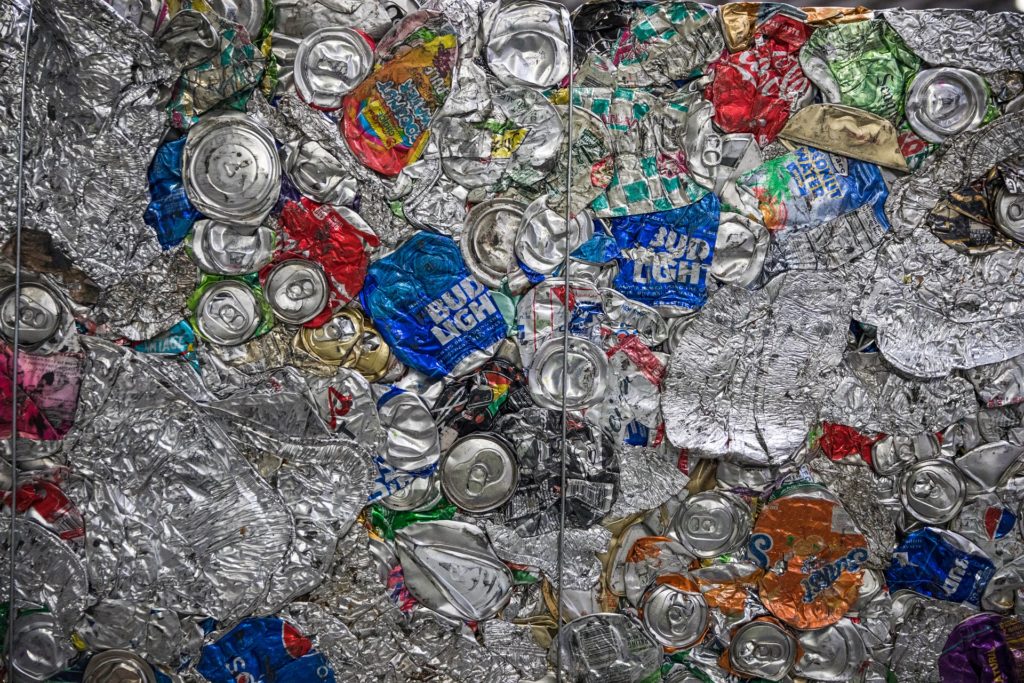An inside look at how Brooklyn recycles

In New York City, where garbage cans overflow with water bottles and coffee cups, and plastic bags that once carried takeout get stuck in tree branches, recycling practices have a long way to go. Residents recycle about 17 percent of their total waste, which is half of what the city could be recycling under its current program.
Even with the status quo, there’s a long way to go. This Earth Day, Gov. Andrew Cuomo signed legislation to ban most single-use plastic bags provided by supermarkets and other stores. On April 11, Mayor Bill de Blasio held a press conference outside the Sims Municipal Recycling facility in Sunset Park to announce an executive order to end city agencies’ purchases of single-use plastic items.
While the plastic bans roll in, we took a tour of that facility to break down how New York City sorts its residential recyclables.
